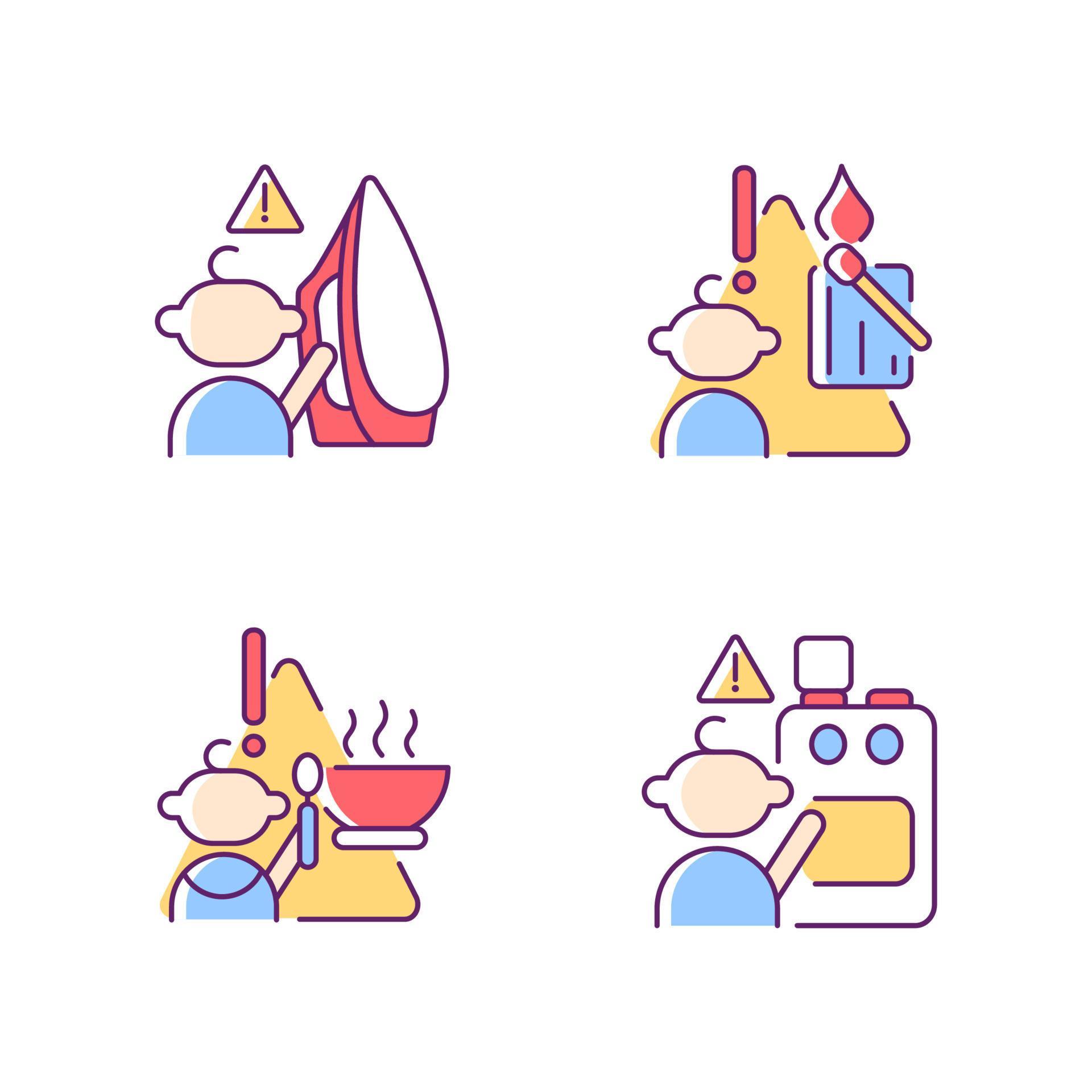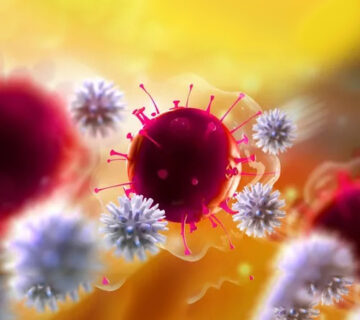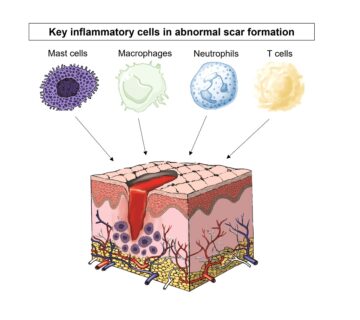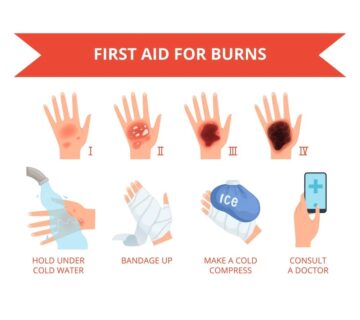Distribution of burn injuries among age groups
As with many other injuries, the distribution of burn injuries is not the same among age groups, but the injuries are the same in men and women, and in some cases more so in women. In a study conducted in South Africa, 2% of the total age group was 55 years and older. It has also been reported that the gender difference in the effect of heat is not significant in the younger groups, but it is more in the older groups. This problem indicates the need to conduct research that focuses on the problem of gender differences in the incidence of cancer. On the other hand, in many countries, the elderly population in Iran is increasing. It is estimated that the elderly population will reach 10% in 2050 and 521.7% in 2025, so products such as burns in the elderly are a public health problem in the world and in Iran that must be taken seriously.
Increasing family awareness and protective measures
Unfortunately, sometimes samovar and boiling water are available for children and many children burn themselves with it. With increased family awareness and protective measures, the number of children who burn themselves with hot liquids at home is greatly reduced. Prevention is the best way to prevent more than 30% of burn deaths. The only effective precaution in burns is immediate management of burns, early and correct actions by families to effectively reduce the more serious complications caused by children’s burns, and most importantly, parents to prevent inflammation in the burn area. Correct initial measures Children’s burns occur for various reasons, and in any case, appropriate measures should be taken to prevent secondary problems.
Protecting children
The first step to protecting children is to recognize common burns in children, including: thermal burns that cause an increase in the temperature of the skin and underlying tissues. And this includes steam, hot bath water, a glass of boiling water, hot food, hot oil for cooking, etc. The causes are also the exposure of the child’s skin to the ultraviolet rays of the sun (sunburn, because the skin is not well protected from sunlight). or chemical burns from swallowing strong acids (such as cleaning agents or button batteries) or splashing chemicals (such as bleach) on the skin or eyes. Burns caused by electric current or, for example, biting electric wires by children, burning fingers or objects to electric sockets, etc.
Types of burns in children
Knowing the types of burns in children can help choose the best first aid measures. Types of burns in children include: superficial (partial) burns. The mildest type of burn is limited to the upper layer of the skin. In children, these burns cause redness, pain and mild swelling. Dry or not dry skin. The duration of treatment for this degree of burn is approximately 3-6 days. The clear layer of skin above the burn may disappear within 1 or 2 days.
2nd degree burns in children
In a second degree burn (with partial thickness), the burn is more severe and involves the upper layer of the skin and part of the lower layer. The burned area becomes red and itchy and may become swollen and painful. Sometimes fever occurs and the area looks moist and pink to red. And depending on the severity of the burn, the recovery period can take 3 weeks or more. Third-degree burns, which are the most severe types of burns, take longer to heal and can sometimes be treated with skin grafts.
Drug prescription in children’s burns
The use of acetaminophen syrup and suppositories or antihistamine compounds is the most effective way to reduce pain in various cases in children and also after surface burns with expert prescription. In this case, you can use zinc oxide ointment or vitamin AD or Vaseline to reduce the pain of the burned area, of course, the use of these compounds should be done with the permission of the doctor and confirmation that the burn is mild, and be careful. . Children at home. But there is no doubt that no aid will be more effective in reducing the pain of pain in children than taking care to prevent burns and protect children from dangerous agents at home or abroad.
MS patients prone to burns
MS patients are prone to burns due to reduced physical abilities. MS patients have to make many changes in their lifestyle. These patients are at risk of burns due to injuries such as vision loss, lack of concentration, muscle spasms and convulsions, fatigue and depression. These people may be due to physical disability and sensory impairment, and on the other hand, due to problems caused by illness and additional needs. Not being able to take the necessary care and care in the wound healing process. The most common treatment for MS is an autoimmune disease in which the immune system recognizes the body’s tissues and cells as foreign and begins to destroy the body’s tissues. And on the one hand, because of the disorder in the immune system of these people.
Epilepsy is a cause of burns in people
Also, in people who suffer from epilepsy, the patient may have seizures and lose consciousness and burn near a heat source such as an electric or gas stove or a fire placed on the floor. They become heavy without burning pain. And if someone gets sick in a Mazda and doesn’t get help, they could be seriously injured. Also, 0.5 to 2% of the world’s population suffers from epilepsy. Drowsiness and imbalance caused by the use of certain drugs make these patients vulnerable to accidents. Burns are one of the common risks that threaten the health of these patients. In these patients, one of the injuries that have long-term and debilitating effects is burns. Reports indicate that most burns in epileptic patients occur at home and are preventable.
Prevention of burns in patients with epilepsy
For this reason, it is necessary to determine the characteristics of epilepsy and the factors affecting the occurrence of epileptic attacks in patients who suffer from epileptic burns. On the other hand, identifying the patterns of burns, the causes of these burns and examining their differences with burns in normal people can help in determining the level of risk and the best care strategies for these patients to minimize the damage. In this case, people with epilepsy should always keep in mind the possibility of sudden and unreasonable contractions and use electric or gas appliances with caution in the presence of others. And always consider the possibility of danger. Family members and colleagues of these people should be careful and prevent these patients from being alone.







بدون دیدگاه